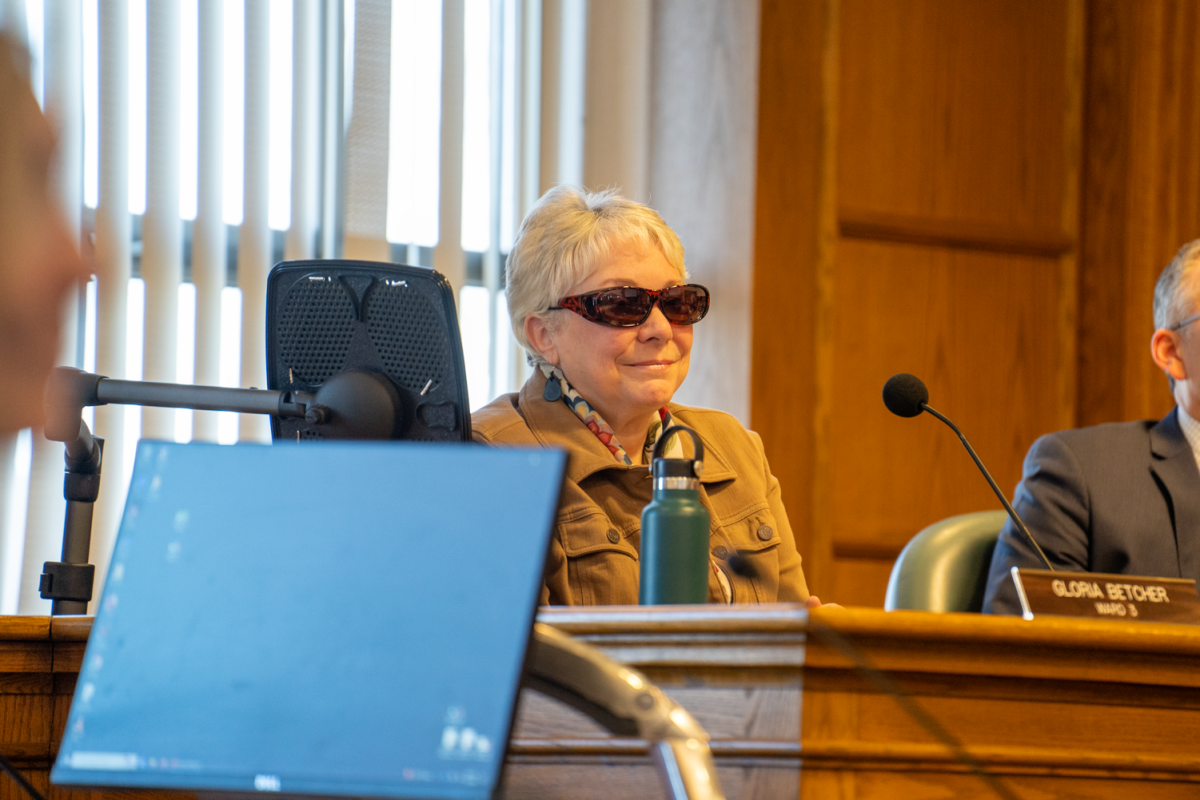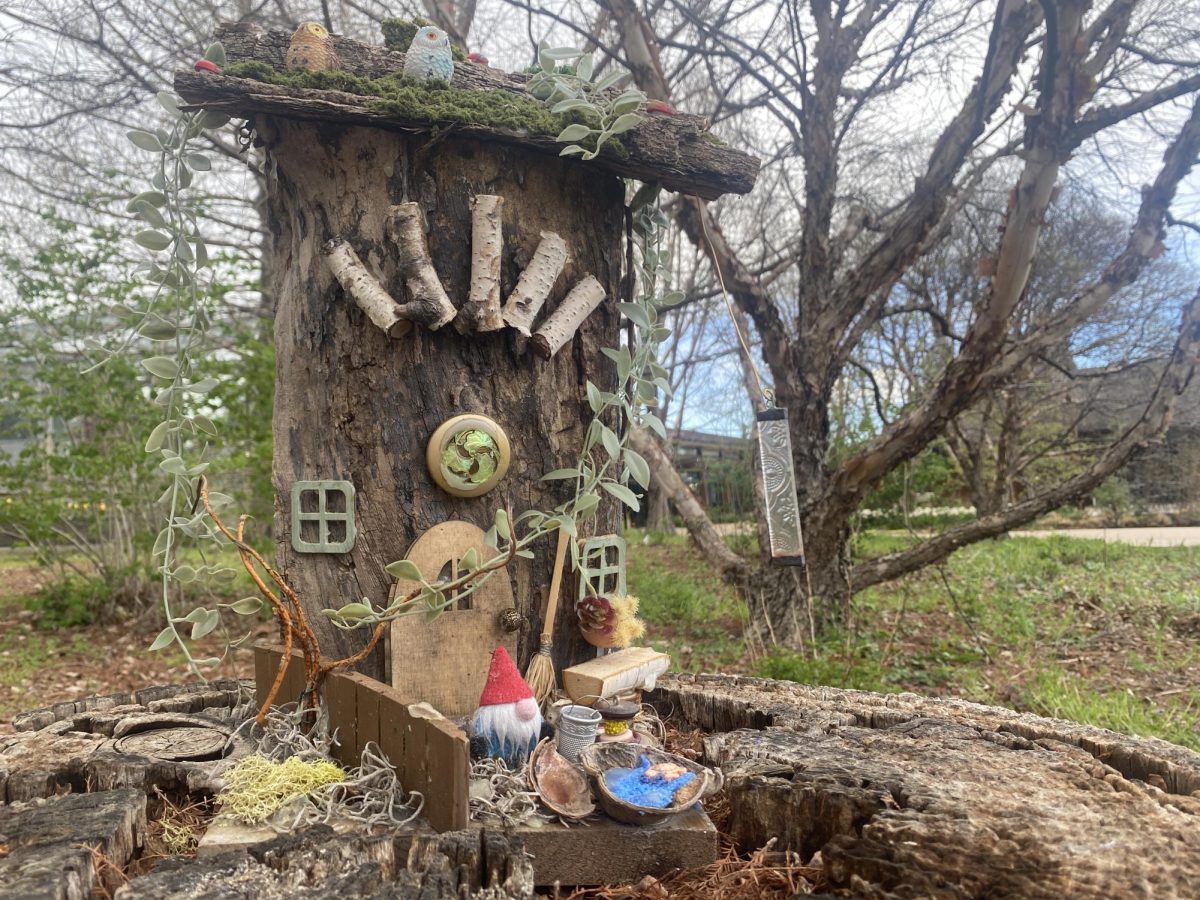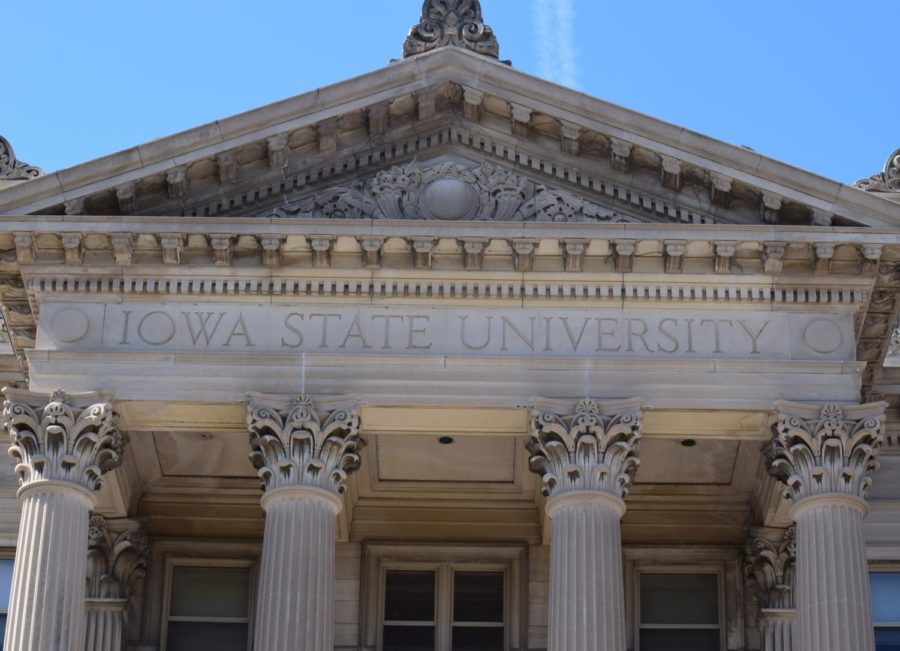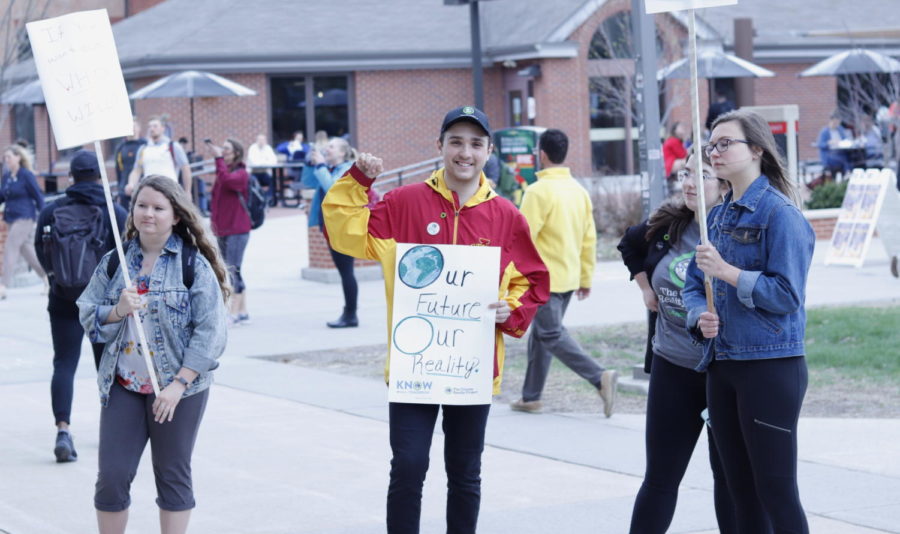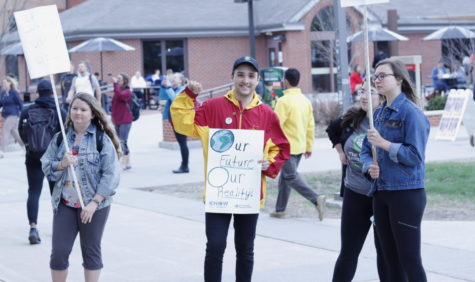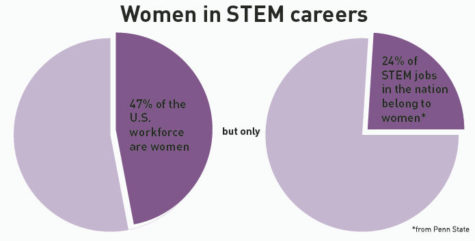LAS Green Team seeks to inform students of how much waste is produced on campus
March 10, 2011
Iowa State collects, recycles and accumulates trash, and the Liberal Arts and Sciences Green Team wants to know just how much trash is being accumulated.
“From surveys we had done during the preceding year, we knew that of all sustainability topics, ISU students were most interested in recycling,” said Karin Dorman, member of the LAS Green Team. “We knew the LAS student green club was particularly interested in recycling and reducing waste production on campus.”
“One way for them to assess whether their future efforts work is by determining how much current waste is produced.”
The goal is to create a baseline of data. By doing this, students are asked to “adopt a dumpster” from one of the various 23 LAS buildings on campus.
To collect the data, Dorman has created a trash monitoring website for students.
“I volunteered to set up a website to collect data,” Dorman said. “I wanted to put up minimal barriers so that we could involve as many people as possible.”
Any student with an ISU account can log on to the website and enter data. For convenience and a way to outreach students, the team will be creating a Facebook group.
The Facebook group will advertise Dumpster Dive and contact various clubs within LAS, asking them to adopt a dumpster, said Cinzia Cervato, professor in geological and atmospheric sciences.
“They can use different ways. They can text each other the information when they walk past a dumpster, but as long as that one person is responsible — like a team captain to put the data into the website — so that we have a record until the end of the semester of how full or what level of garbage is inside the different dumpsters at what time and what day,” Cervato said.
With one goal being to get more students involved, the team has decided to not only create a Facebook group, but to make their event a competition for students to get involved in.
“We thought that it would be really great if we set up a competition for a grand prize so we’re going to look at different clubs within LAS buildings and asking those clubs to adopt a dumpster,” said Whitley Gilbert, senior in environmental sciences. “It’s hard to get students involved without some sort of incentive without the understanding of how [students are] going to benefit from it.”
The group will continue collecting data until the end of the semester, hoping to gather enough information as to how much trash typically fills each dumpster and find ways to reduce the tipping frequency.
The building manager for each building determines how frequently the truck should come to empty a dumpster, Cervato said.
“Since there’s quite a lot of recycling already going on, we’re at an impression that these tippings occur when the dumpster’s not full, but on a determined schedule, so we would like to be more efficient about this and reduce the number of times that trucks go around campus to empty dumpsters that might not be full,” Cervato said.
Dorman stresses without more student involvement, monitoring the dumpsters could be difficult.
“Since the dumpsters are emptied at variable times each day, it can be hard to look in the dumpster at the optimal time right before its emptied,” Dorman said.
Over time, the LAS Green Team hopes to see just how much students’ recycling efforts has benefitted Iowa State by reusing materials and reducing trash levels.
Unless we know how much trash we are producing, we won’t be able to evaluate and quantify how successful these recycling efforts are, Cervato said.
“Once we have that baseline data the focus will be on reducing the amount of trash hopefully that is in a dumpster and reduce the amount of tipping and reducing the amount of emissions from the trucks coming around and tipping,” Gilbert said.
Students interested are encouraged to check out the monitoring website, http://thirteen-01.stat.iastate.edu/green/garbage/, located on the LAS webpage.

